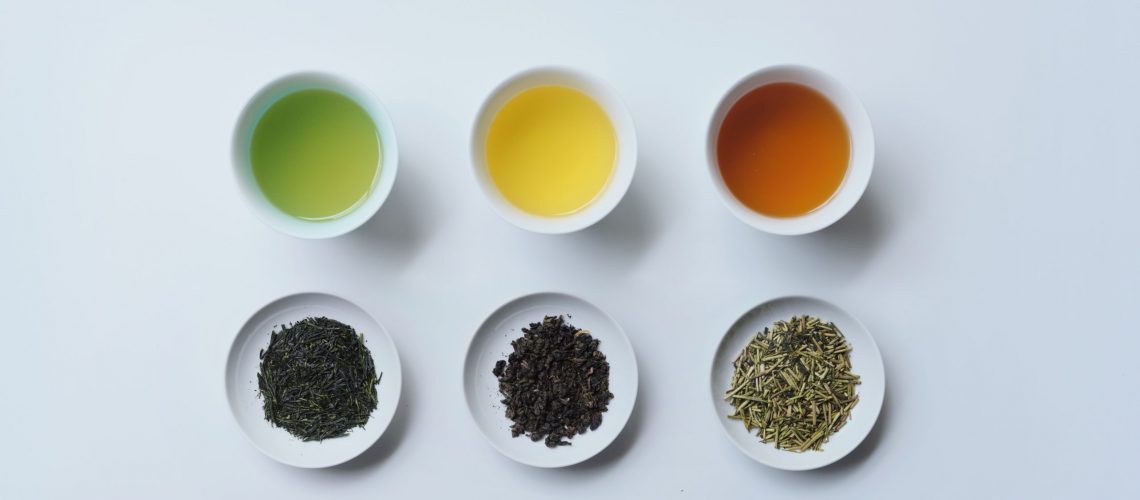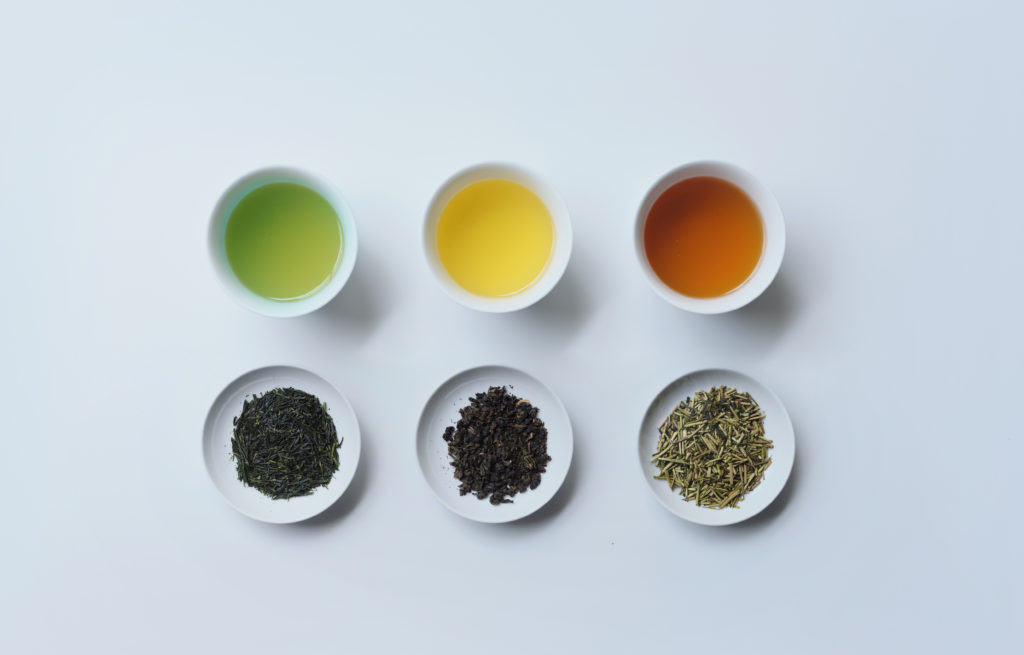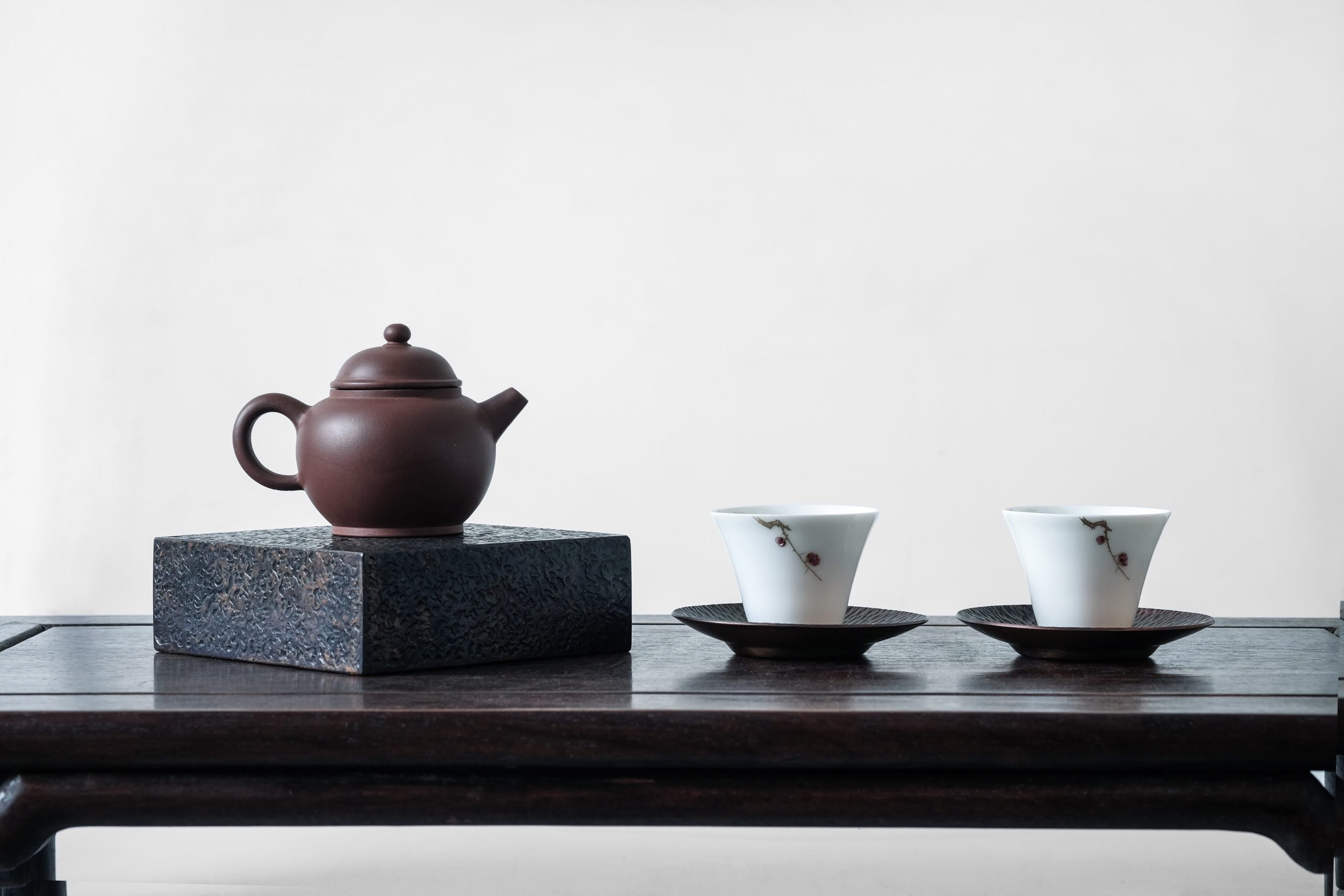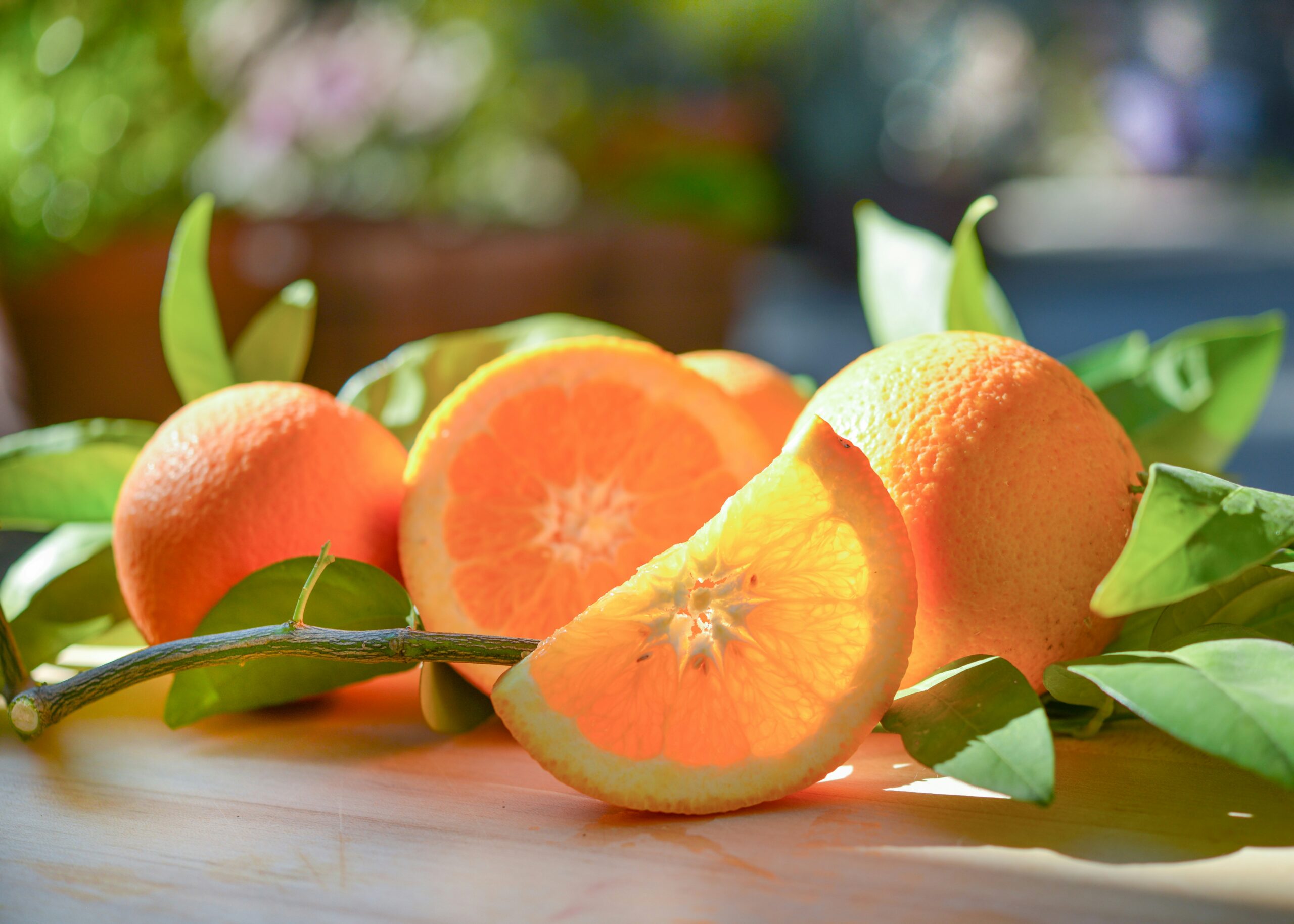Blogs » Non classifié(e) » What is single-origin green tea? A clear explanation of the new wave in tea, with numbers to make it easy to understand.
What is single-origin green tea? A clear explanation of the new wave in tea, with numbers to make it easy to understand.

The term « single origin » is often heard in the world of coffee. It refers to coffee made from a single variety grown on a single farm. Traditionally, coffee from various places was blended and shipped together, but with single-origin coffee, the traceability of the beans is ensured, allowing you to enjoy the unique flavor characteristics and the story behind each cup. So, what is « single origin » in the context of Japanese tea, which has recently become more popular? In this article, we’ll clearly explain the features of single-origin Japanese tea, using numbers to make it easy to understand.

First, single-origin Japanese tea is defined similarly to coffee, typically as tea produced from a single farm and a single variety. In other words, it refers to tea made from one type (variety) of tea grown on a single farm (tea garden).
Do you know how many tea farmers there are in Japan? According to a report from the Ministry of Agriculture, Forestry and Fisheries for the year 2022, there were 12,325 tea farmers in Japan as of 2020. The same ministry’s data indicates that there were 1,028,000 farms across Japan in 2020, meaning that about 1.2% of Japanese farms are tea farms. This might seem like a small number when considered this way. There were 23,889 post offices across Japan as of the end of March 2020, so there is roughly one tea farm for every two post offices. This perspective might make the number of tea farms seem a bit more familiar and numerous.
By the way, the total tea cultivation area in Japan is 39,000 hectares, equivalent to about 8,298 Tokyo Domes. For further context, 39,000 hectares is about 0.1% of Japan’s total land area of 3,780,000 hectares. Numbers can feel large or small depending on how they are presented. Sorry for the digression—let’s return to the main topic.
Next, let’s discuss tea varieties in Japan. As mentioned in another article, 67.6% of tea grown in Japan is of the « Yabukita » variety. The next most commonly grown variety, « Yutakamidori, » accounts for 6.2% of the total, meaning that « Yabukita » is produced over ten times more than « Yutakamidori. » It’s not an exaggeration to say that « Yabukita » is the dominant variety in Japanese tea cultivation, but there are said to be over 100 varieties of Japanese tea, including those produced in small quantities or not registered with the Ministry of Agriculture, Forestry and Fisheries.
Thus, single-origin Japanese tea is made from tea produced at one of Japan’s 12,325 tea farms, using only one variety of tea. In simple terms, it could be considered one of the 1.2 million possible combinations. It’s a bit romantic, isn’t it?
Single-origin Japanese tea, like coffee, allows you to experience the distinctive characteristics of the farmer’s cultivation practices and the tea variety. Why not enjoy the dedication of the producer and the diversity of flavors and aromas in a single cup of tea?
This article focused on the appeal of single-origin Japanese tea. However, it’s important to note that single-origin Japanese tea is not necessarily better than blended teas. In fact, Japanese tea has developed as a specialty drink with the technique of blending tea leaves, known as « gou-gumi. » For more information on tea blending in Japan, please check out the related article.





